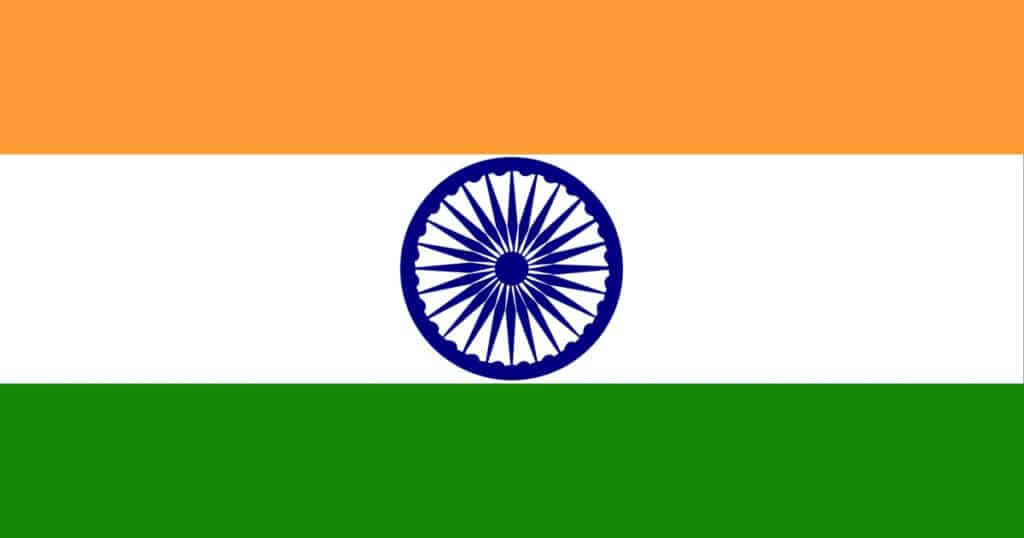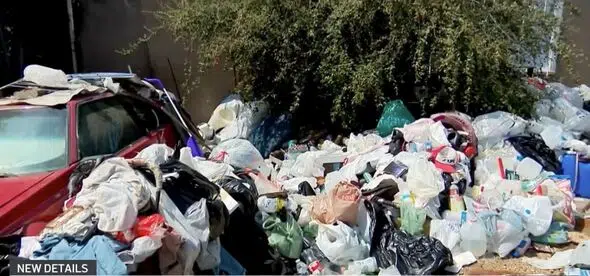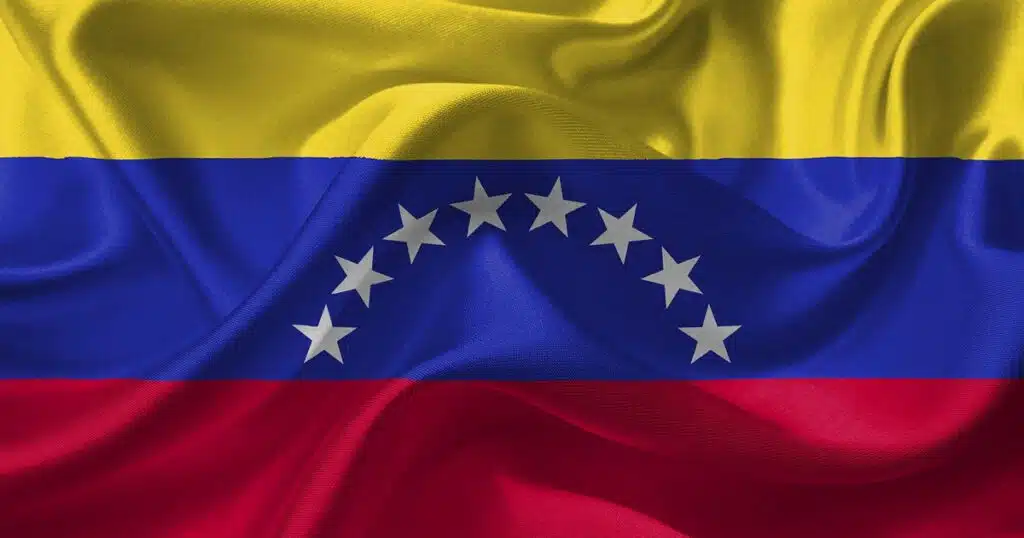
We Must Stand With India’s Persecuted Christians
This year is shaping up like last for the imperiled religious minorities of South Asia.
Approximately 1,000 Christians belonging to Adivasi tribal communities from the central Indian state of Chhattisgarh have fled their homes following a spate of violent attacks. The timing, right before Christmas, was no coincidence. These Christians welcomed the new year huddled by the hundreds in churches and stadiums for fear of being beaten, or even killed, in their homes by extremist mobs. Let’s pray Easter is a safer time.
From December 9 to 18, attacks in Chhattisgarh occurred in villages across the region. Horrifying footage shows scenes of violent chaos. Street mobs hacked at statues of Jesus and Mary, leaving churches decimated in their wake. They targeted anyone suspected of being a Christian and beat them with sticks, resulting in over 20 people being hospitalized with severe injuries. Strikingly, a local political leader was one of five arrested for the assault and rioting.
A fact-finding team, spearheaded by the Centre for Study of Society and Secularism and the All India People’s Forum, has produced a key report detailing the atrocities that transpired. The report finds that Christians were asked to denounce their faith and convert to Hinduism or face brutal consequences. It offers evidence that Adivasi Christians are the targets of a coordinated campaign. Human rights defenders point the finger at the state for “weaponizing laws” against Christians.
Chhattisgarh has an anti-conversion law, penalizing conversion by “force or allurement” with up to three years of jail time. Eleven Indian states have in place either anti-conversion laws or guidelines governing religious conversions. Laws of this kind are used to suppress religious minorities while turning a blind eye to radical activities.
Clearly religious minorities in India and much of South Asia are under threat. Chhattisgarh ranks as the second most dangerous region for India’s Christians. Despite recent escalation, international attention has been scant, compounding local inaction. As one human rights defender noted, “it is the incapacity of the Congress [Indian National Congress party] government [the ruling party in the state] that is unable to save the Adivasi Christians from the continuous attacks.” Other political parties have allowed violence against religious minorities as well.
For now, those seeking refuge cannot return home with any guarantee of safety. The displaced Christians remain in deplorable conditions. The local government has failed to deliver an effective response. According to Suman Mandavi and Outlook India, “at least 59 incidents happened and except 4 incidents, not a single case has been lodged.” Police ignore complaints, standing by and watching as Christians are attacked. In response, nearly a thousand people have camped outside local administrative offices in protest. On February 19, over 15,000 Christians from 100 churches and organizations gathered at Jantar Mantar to protest the unanswered violence towards Christians throughout India. Their cry is simple—the authorities must act. Their lives depend on it.
While I was governor of Kansas, a Hindu man was targeted as a foreigner in a local bar. An assailant pulled a gun, shot him, and killed him. He was attacked simply because he was different. I made sure as governor to make it clear that we would not tolerate this type of behavior. I met with the victim’s widow and made public statements reinforcing how terrible this was and that the state would do everything we could to see that it would never happen again. We prosecuted the attacker to the full extent of the law.
The local, state, and national governments in India need to make it abundantly clear that they will not tolerate these attacks. Otherwise, perpetrators and victims alike will discern a silent signal of support for the attacks, leading to more fear and violence.
All hope is not lost in the region. Pope Francis is expected to visit India next year after being invited by Prime Minister Modi during a 2021 visit to the Vatican. A visit by the Pontiff, however, cannot be the end of the conversation. It must be accompanied by positive action.
It is imperative that we pay heed to voices on the ground. The world needs to know that violent mobs are endangering the lives of thousands of Christians in India every day—a perilous situation compounded by police inaction, and even more egregiously, by the incitement of local leaders. Sadly, this is not the only situation of imperiled religious minorities in South Asia. Afghanistan has wiped out most of its religious minorities, except for the Hazara Shia. Pakistan has seen faith minorities attacked. A declining number of Hindus are left in Bangladesh. Sri Lanka has seen significant religiously affiliated violence.
India now needs a special investigation team to do ongoing work under the supervision of India’s Supreme Court. We must stand with the persecuted.
The U.S. must use every diplomatic tool at its disposal to maintain pressure on all South Asian governments to protect their religious minorities. This year can be the year that the whole region moves to protect, respect, and even cherish their fellow citizens of another faith.
This article was originally published by RealClearReligion and made available via RealClearWire.



